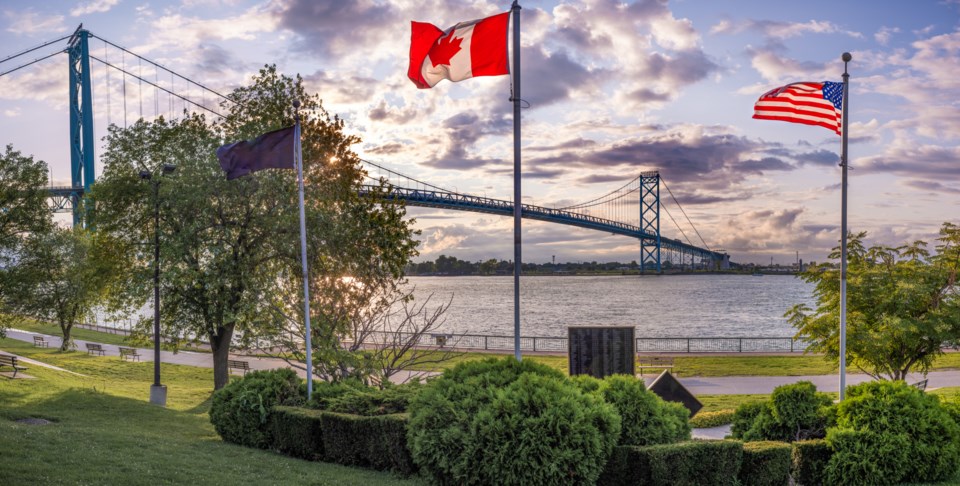Canada as the 51st state? That would be awesome! Let’s just not call it that.
Let’s look at Europe. Still bloodied by the Second World War, European former enemies managed to come together in the late 1940s and put together treaties that led to the Treaties of Rome in 1957, the precursor of the European Economic Community (EEC) and the European Union (EU).
Minus the embarrassment of the U.K. leaving, the EU has done a great job in bringing together different nations under many common goals including economics, human rights, democratic values and environmental issues. Ever shopped for groceries in Europe? Wine is cheaper than bottled water. You can feed a family of four dinner for under €10. (CAD$14.90). Imagine Canada and the U.S. form a similar type of arrangement. It is the next step after NORAD, NATO, NAFTA and USMCA.
One trading block without cross-border tariffs would cut pricing of pretty much everything that crosses the 49th. The monopolies that run our dairy and eggs? The subsidies that American farmers get? Gone. Make it all fair across the board with consumers in mind. One currency would lead to more investment in both nations, less transactional costs to businesses and a more stable economic system. One system of regulations and tax codes would arguably allow overall wages to go up.
Just like Europe, we would keep our national identity, governments, health-care and culture. Learning from Europe, maybe we don’t go full Schengen and maintain some sort of checks and balances into who crosses the border.
A unified North American economic alliance would be the world’s largest economy, rivalling the EU and China in terms of market size, innovation capacity, and global influence. Pooling economic strengths would allow both countries to negotiate better trade deals and respond more effectively to global challenges.
The CanAm Union or just CanAm. Why not?
Patrick Smyth // Whistler




